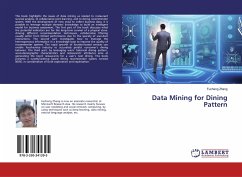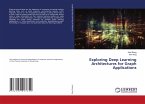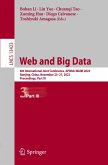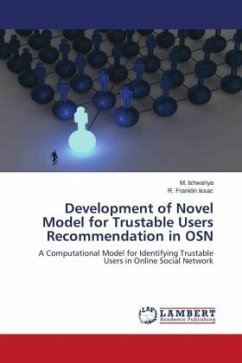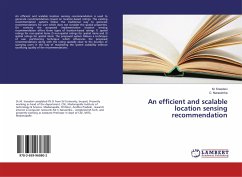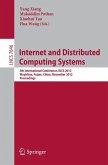This book highlights the issues of data mining as related to restaurant survival analysis, to collaborative joint learning, and to dining recommender system. With the development of new ways to collect business data, it is possible to leverage multiple domains' knowledge to build an intelligent model for business assessment. The first part of the book discusses what the potential indicators are for the long-term survival of a physical store. Among different recommendation techniques, collaborative filtering usually suffer from limited performance due to the sparsity of user-item interactions. The second part investigates how to leverage the heterogeneous information in a knowledge base to improve the quality of recommender systems. The rapid growth of location-based services can enable food-service industry to accurately predict consumer's dining behavior. The third part, by leveraging users' historical dining pattern, socio-demographic characteristics and restaurants' attributesaims at generating the top-K restaurants for a user's next dining. This book presents a novelty-seeking based dining recommender system, termed NDRS, in consideration of both exploration and exploitation.
Bitte wählen Sie Ihr Anliegen aus.
Rechnungen
Retourenschein anfordern
Bestellstatus
Storno

